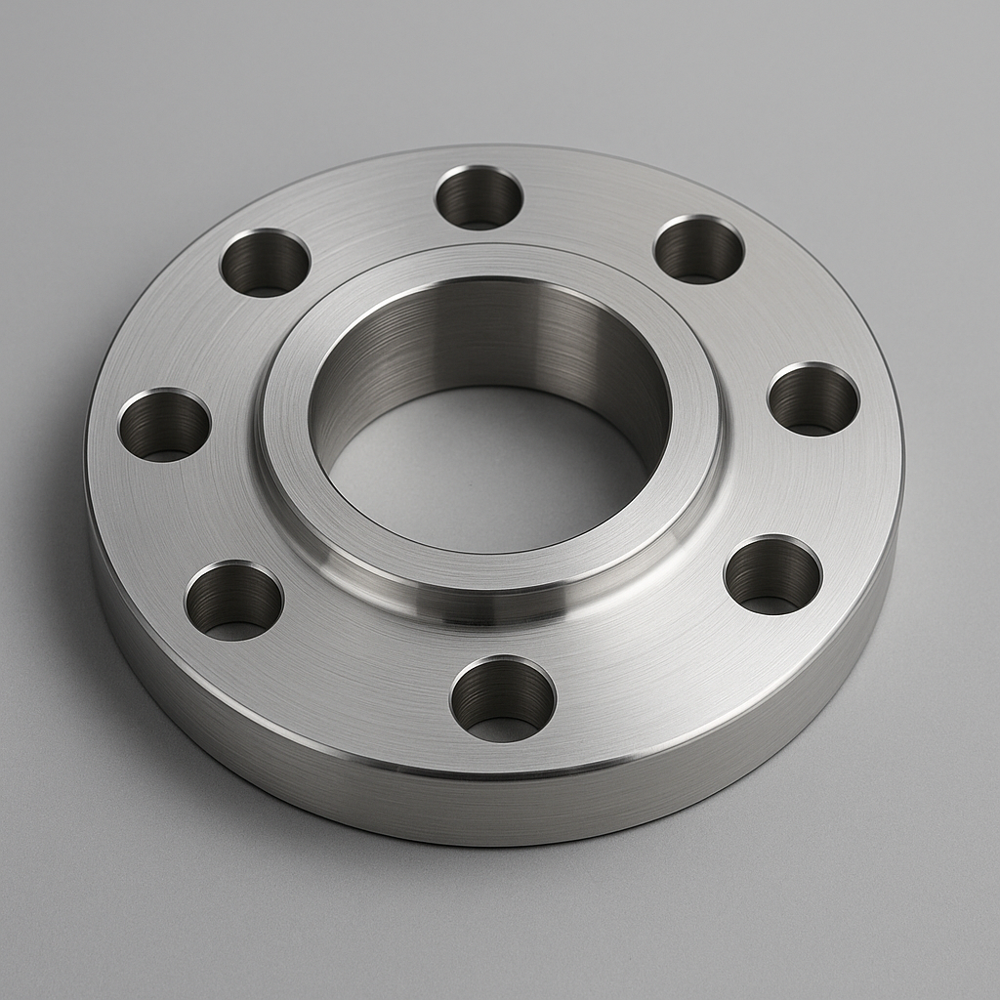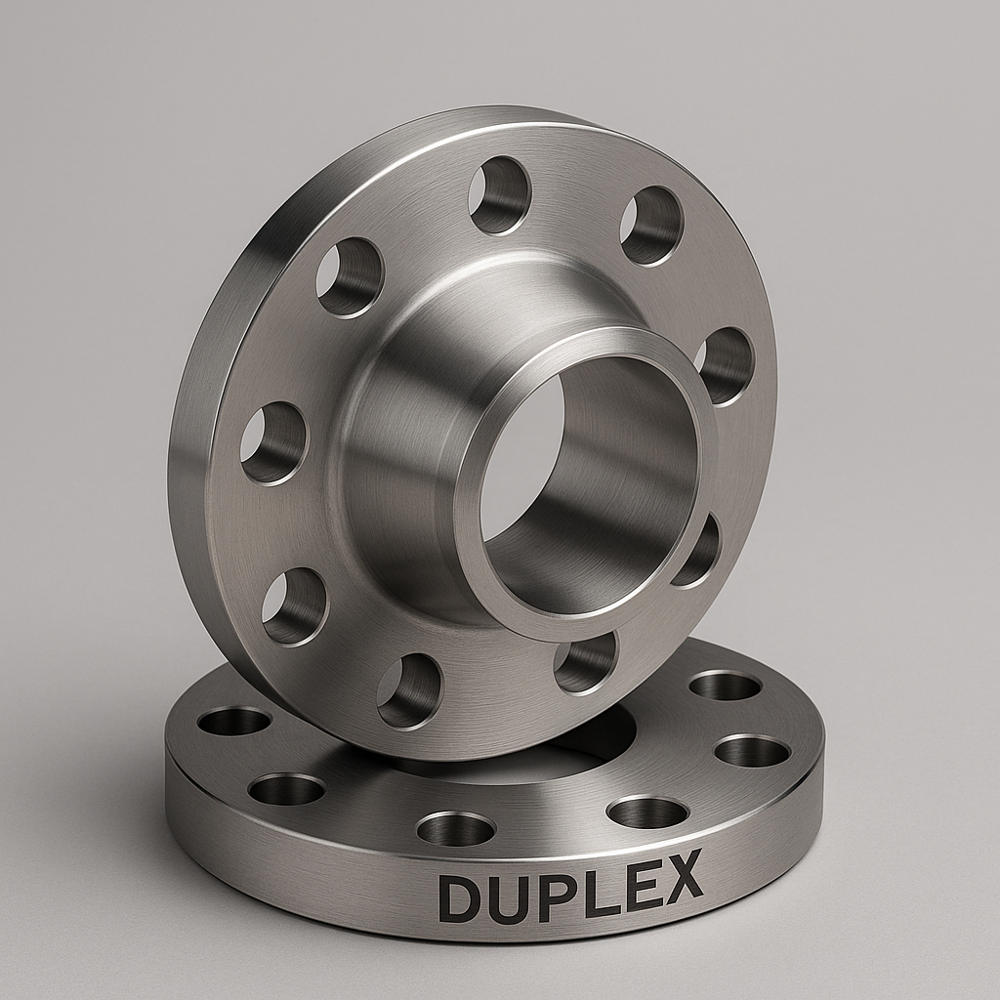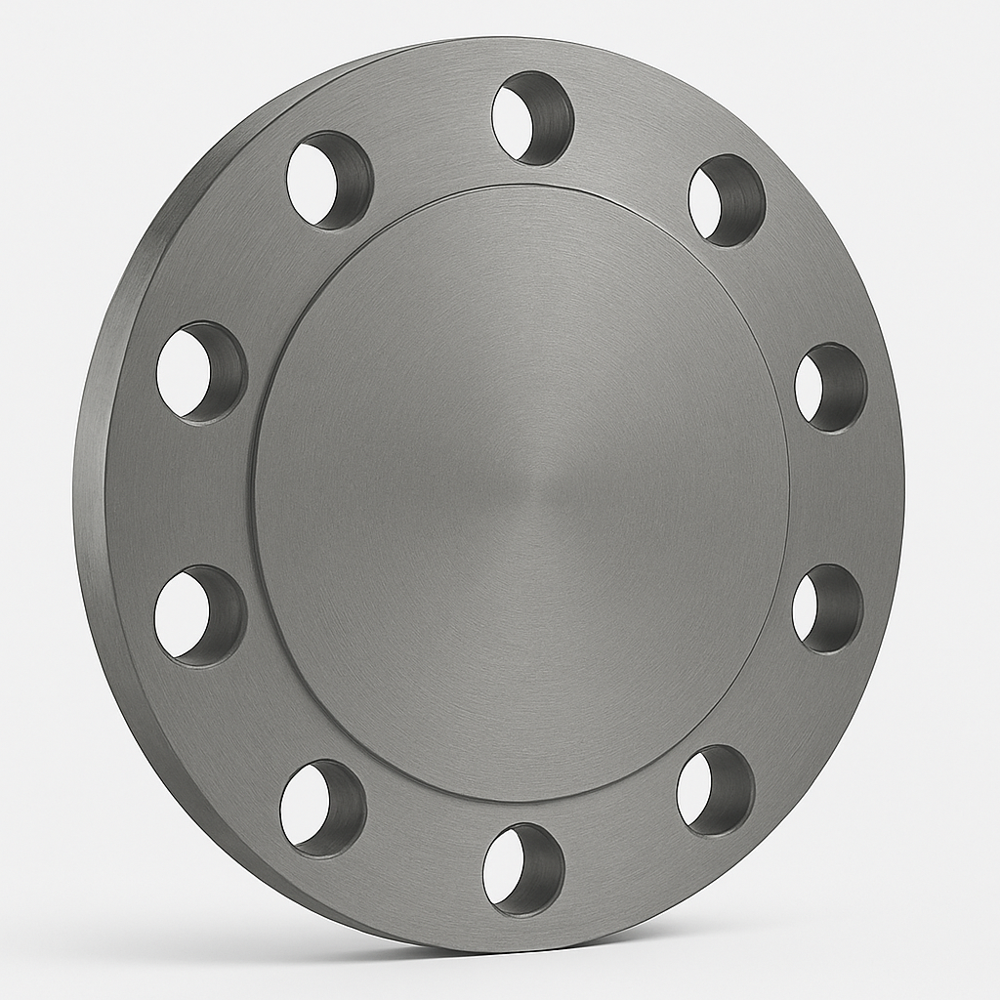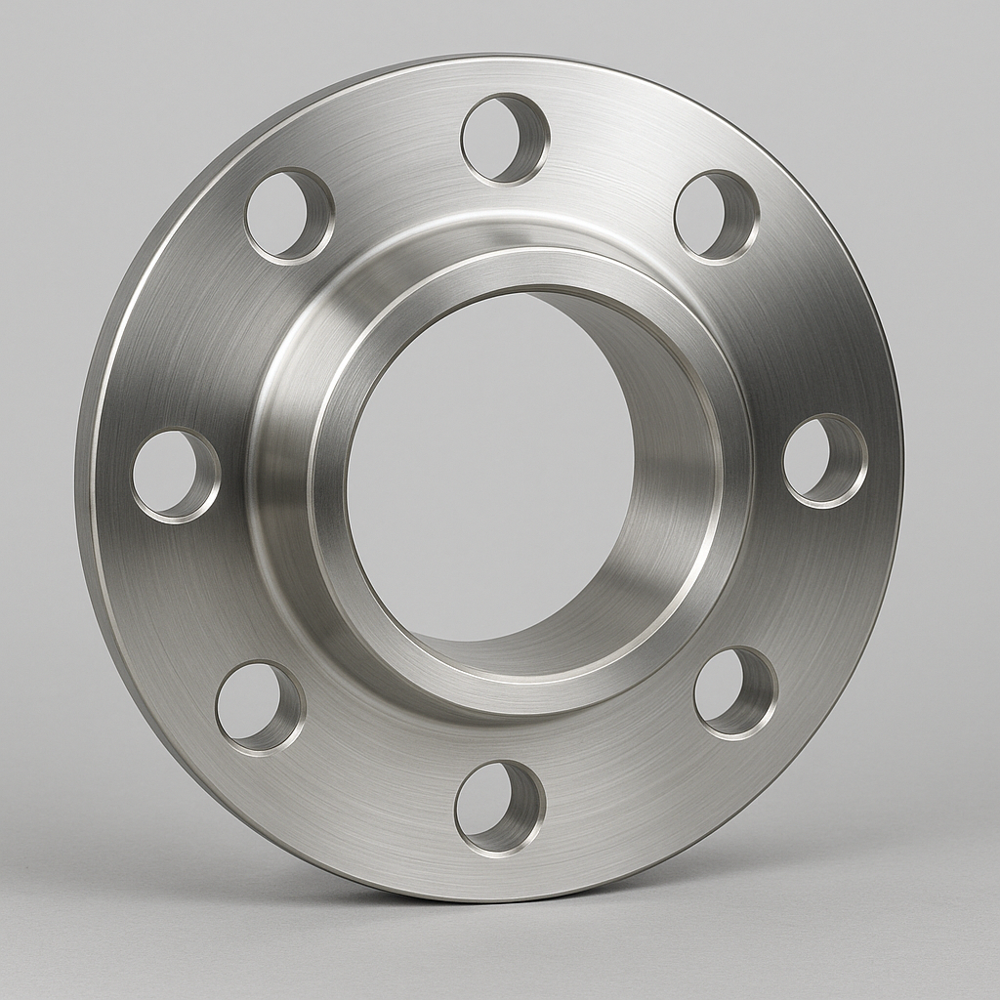SS Flanges
SS Flanges Specification
- Fittings
- Flanges
- Features
- High Quality
- Working Presssure
- High
- Shape
- Round
- Usage
- Industrial, Etc
- Material
- Steel
- Surface
- Galvanized
- Size
- Standard
- Color
- Silver
SS Flanges Trade Information
- Minimum Order Quantity
- 100 Units
- Supply Ability
- 5000 Units Per Month
- Delivery Time
- 7 Days
- Main Domestic Market
- All India
About SS Flanges
Stainless steel (SS) flanges are typically manufactured from austenitic stainless steel alloys most commonly grades304 and316 whose corrosion resistance and mechanical properties derive from their precise chemical compositions. Below is a summary of the key alloying elements and their typical weight percent ranges for these two grades:
| Element | SS304 (%wt) | SS316 (%wt) |
|---|---|---|
| Carbon (C) | 0.08Wikipedia | 0.08upmet.com |
| Manganese (Mn) | 2.00Wikipedia | 2.00upmet.com |
| Silicon (Si) | 1.00Wikipedia | 0.75upmet.com |
| Phosphorus (P) | 0.045Wikipedia | 0.045upmet.com |
| Sulfur (S) | 0.030Wikipedia | 0.030upmet.com |
| Chromium (Cr) | 18.0 20.0Wikipedia | 16.0 18.0upmet.com |
| Nickel (Ni) | 8.0 11.0Wikipedia | 10.0 14.0upmet.com |
| Molybdenum (Mo) | 2.0 3.0upmet.com | |
| Nitrogen (N) | 0.10upmet.com | |
| Iron (Fe) | Balance | Balanceupmet.com |
-
Grade304 ("18/8 stainless steel) is the most widely used SS flange material, valued for its general purpose corrosion resistance and formability .
-
Grade316 adds molybdenum for enhanced resistance to chlorides and marine environments, making it preferable for more aggressive service conditions
-
Minor elements (P, S, Si, Mn, N) are controlled to low maximum levels to optimize corrosion resistance and weldability.
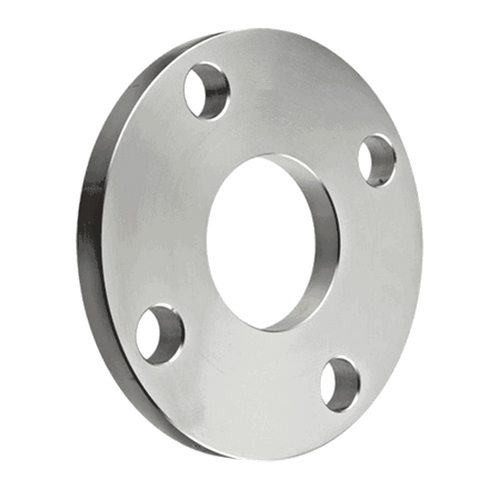

Price:
- 50
- 100
- 200
- 250
- 500
- 1000+
More Products in Stainless Steel Flanges Category
SS 316 Stainless Steel Flanges
Price 480.0 INR / Piece
Minimum Order Quantity : 1 Piece
Shape : Round
Material : SS
Usage : Industrial
Surface Finish : Smooth
Duplex & Super Duplex Stainless Steel Flanges
Price 2000.0 INR / Piece
Minimum Order Quantity : 1 Piece
Shape : Round
Material : SS
Usage : Industrial
Surface Finish : Smooth
Blind Flange
Price 1200 INR / Kilograms
Minimum Order Quantity : 1 Number
Shape : Round
Material : SS
Usage : Industrial
Surface Finish : Smooth
SS 304 Stainless Steel Flanges
Price 38 INR / Piece
Minimum Order Quantity : 1 Piece
Shape : Round
Material : SS
Usage : Industrial
Surface Finish : Smooth

 Send Inquiry
Send Inquiry Send Inquiry
Send Inquiry
